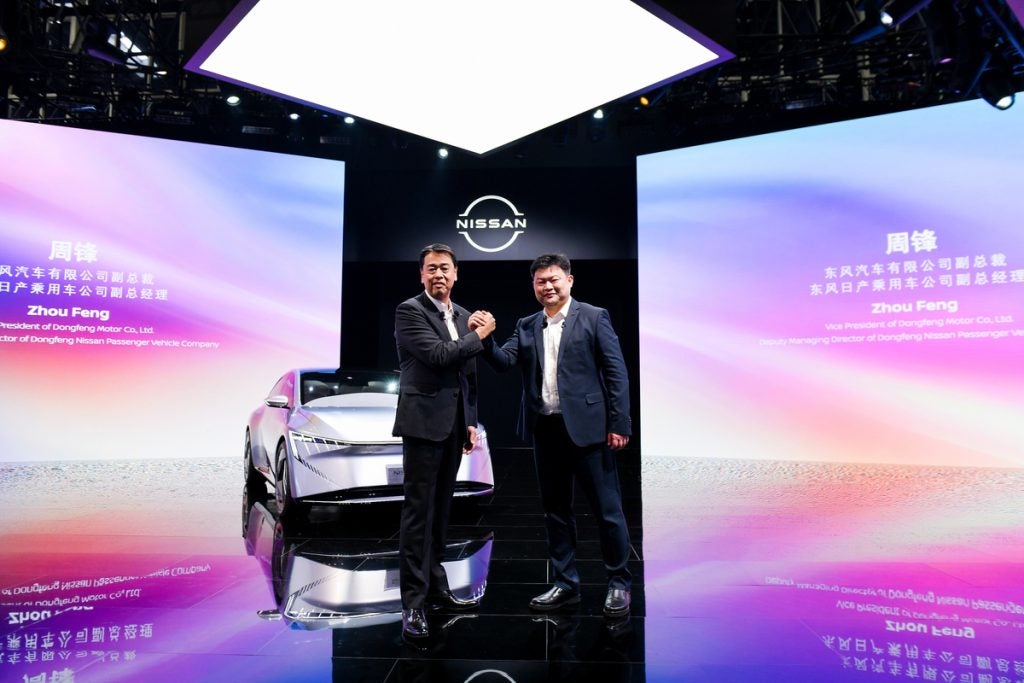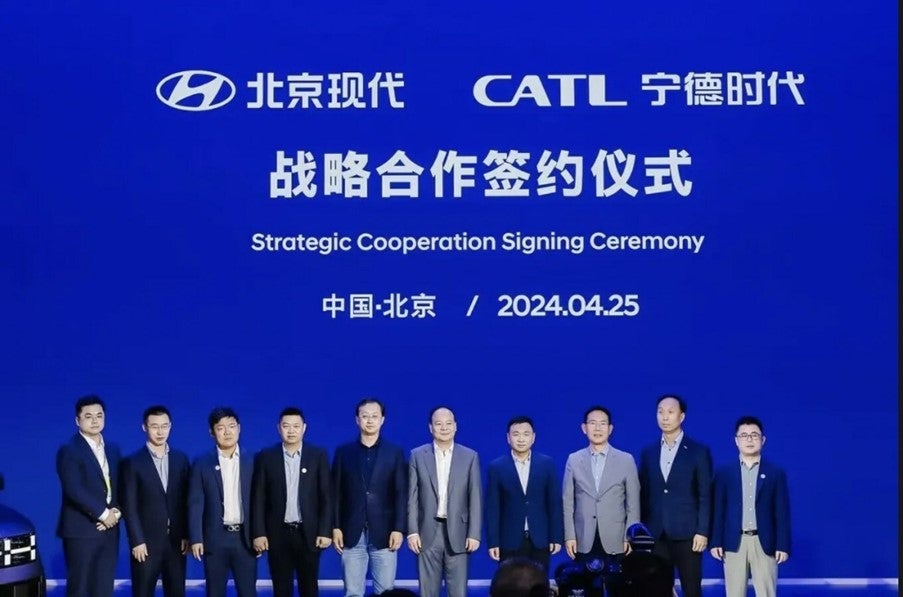
A study by consultants AlixPartners suggests the automotive industry faces the "biggest challenge of the past 100 years" and predicts that in the next 15 years electric and hybrid cars could capture over half of the market. It also says connected and autonomous driving will open up new earnings potential while digitisation will enable double digit cost reductions.
Global growth market, but a challenging one
According to AlixPartners, the global car market continues to grow with new sales expected to grow at an annual average of 2.8% between 2015 and 2023. However, there are challenges for the auto industry to manage even as volume grows. Alix points to more stringent vehicle emission regulations that will become more costly for the industry to meet with conventional technologies. In addition, there are challenges coming from rapid technological advance in areas such as connectivity, autonomous driving and the digitisation of the value chain.
"The automotive industry has to cope with perhaps the biggest upheaval since Henry Ford," says Andrew Bergbaum, Managing Director of AlixPartners. "In 2030, half of all cars are expected to have an electric or hybrid powertrain and almost all cars may well be connected. The automotive supply chain will undergo large-scale changes and systematic digitisation is expected to reduce the structural costs by a quarter. Our study predicts that online services will heavily influence the driving experience and have crucial new revenue opportunities, and in the cities, individual mobility through Freefloat Carsharing will continue to grow. Only the organisations who integrate this new digital world into their strategy will be able to compete and stay relevant in this rapidly evolving industry."
Global market to exceed 110m cars a year
By 2023, AlixPartners predicts global car sales of 110m units a year – an increase of 22m from today – representing an average annual increase of 2.8%. It estimates that more than 60% of this growth is expected to come from China, whose automotive market continues to grow by an average 6% per year. India and the Middle East are also expected to see significant growth, in particular with the opening of the Iranian market. The US automotive market, however, is predicted to stagnate between 2018 and 2020, after which point it will slowly recover towards 17m units by 2022. In Europe, car sales are expected to be boosted by growth in eastern and southern Europe. ALix also sees good growth prospects in the emerging markets of southeast Asia. However, it says that demographics point to market decline in Japan and Korea.
How well do you really know your competitors?
Access the most comprehensive Company Profiles on the market, powered by GlobalData. Save hours of research. Gain competitive edge.

Thank you!
Your download email will arrive shortly
Not ready to buy yet? Download a free sample
We are confident about the unique quality of our Company Profiles. However, we want you to make the most beneficial decision for your business, so we offer a free sample that you can download by submitting the below form
By GlobalDataProfits and capacity utilisation up
AlixPartners' analysis notes that 2015 saw a widespread return to the pre-crisis level of profitability in the industry with European, Japanese and Korean OEMs and suppliers now more profitable than before the financial crisis. AlixPartners also estimates that in Europe, car plants are averaging utilisation levels at the top end of the 75-80% breakeven band, driving some of this profitability growth. However, it also sees a low level of capacity utilisation in Chinese factories, despite some recent uptick driven by an increasing proportion of sales coming from domestic brands. Chinese plants are still below 70% in terms of capacity utilisation, according to Alix analysis.
The rise of the electric powertrain
AlixPartners is bullish on prospects for electrified powertrains. "Dieselgate", it notes has led to a series of emissions scares across the globe with the prospect of stricter conditions for emissions testing ahead. Future emissions tests will be changed to reflect real world driving conditions – which is likely to have an enormous impact on the industry, Alix maintains. Although cars can meet near-future emission standards with diesel and petrol engines, the cost of emissions reduction technologies is expected to increase significantly. At the same time, the cost of battery-powered electric vehicles and plug-in hybrids is dramatically reducing.
"By 2030, if the same purchasing incentives exist, consumers should not see any noticeable differences between the price of a traditionally-powered vehicle and a fully electric vehicle," says Bergbaum. He adds that automakers will need to adjust model range and production to meet demand for electrified vehicles. The AlixPartners study predicts a marked shift towards hybrids and electrified vehicles, with battery-powered electric vehicles, hybrid vehicles and mild hybrids with 48-volt technology gradually increasing market share. In 2025, these vehicles are predicted to represent 35% to 40% of all new car sales, increasing to more than 65% in 2030. These gains, the study says, will be at the detriment of the diesel engine, which is expected to lose its cost advantages in smaller vehicles by 2030.
AlixPartners expects that many manufacturers will be forced to "undergo structural change in their manufacturing footprints as the industry moves to the production of batteries and electric motors". The study notes that each new electric and hybrid vehicle will mean a declining utilisation of the existing conventional engine production for carmakers. Industry players, therefore, will need to fight to capture their share of the value added and component development in order to avoid dependencies on suppliers in these important technologies, Alix points out. The report also notes that VW Group has already announced such a strategy and more will follow.
Digitisation "reducing structural costs by a quarter"
Intriguingly, AlixPartners points out that the benefits of digitisation point to significant cost and operations efficiency improvements ahead. It says the transparency and increased predictability of the entire supply chain will lead to benefits such as production cost reductions of 5-25% driven by smart robots, reduced downtime and scheduling optimisation. Inventory costs are expected to be reduced by 20-35% alongside better predictive and conditional planning, as well as reduced spare parts usage. Furthermore, Alix says companies can expect to see declines in the cost of quality by 8-20% as well as a reduction in cost of logistics of 15-25%. In addition, customer analytics, product visibility and real-time understanding of profitability could see the cost of complexity decrease by two thirds, it is predicted.
The connected/autonomous new revenue opportunity
The study suggests that the changing nature of the time spent by the driver in the car will provide a new revenue opportunity. It is one that is being eyed by Silicon Valley as well as automotive OEMs and suppliers. Alix describes it as adding "a new dynamic to the global automotive market, with OEMs facing competition for revenues with consumer goods, telecoms and high tech companies who already have the technical drive and experience to drive revenues from this data". The study predicts new revenue opportunities of up to EUR160 per year, per car, in areas such as component services, apps, content and advertising. It further predicts that motorists will be prepared to pay for these services as they will benefit from savings such as location-driven fuel price optimisation and parking space reservations, as well as reduced wear and tear and lower insurance costs.
"We are still at the early stage of autonomous driving and the technology remains more expensive than most consumers are willing to pay. Manufacturers have to balance between only providing these features to those whose time is expensive and introducing into the wider portfolio so as to drive economies of scale and consumer acceptance," says Bergbaum.
The AlixPartners study also points to the potentially huge benefits and savings ahead from the adoption of autonomous cars – in terms of higher safety, productivity gains, fuel savings and congestion savings (which also benefit the environment).







